Ingredient: European-style butter (for our Za’atar Croissants)
Apr 21, 2014
This post may contain affiliate links. Please read our disclosure policy.
Happy spring—it feels official now, even in Up North in Michigan, where it snowed as recently as last week. While we are far from the first crop of anything here, there is still the sense that the place is waking up and good things are coming our way. There are daffodils, and the cows are grazing a greener field. They must be as relieved as we are. I bet they’re going to give us some great dairy this year.
But try as they might, their butter isn’t likely to be European-style. That’s fine, but when it comes to baking things like the za’atar croissants we’re going for this week (new readers: not to worry, we make mostly simple Lebanese recipes here, with some more complex ones only every now and then), it’s the rich texture and flavor of European butter that we can’t do without.
The distinction of European-style butter is simple but important: it contains a higher percentage of butterfat than regular butter, 83 to 86 percent. Perfect for the pliability we need making croissant dough, and for encouraging the fluffy, airy croissant layers. European butter is also “cultured,” which means that the butter has a more complex, slightly acidic, flavor–better said, it’s luscious. This comes from cream that has been allowed to mature, or ripen, as well as from the introduction of bacterial cultures into the mix. I like to think of good butter the same way I do good cheese—the higher the fat content and the riper flavor, the (much, much) better.
And not for nothing, European-style butter often comes wrapped in a parchment-backed foil. Yes, this creates a barrier to protect the butter from other scents and flavors. But also: Is there nothing more exciting than unwrapping something wonderful to eat from its luxurious foil? It’s my chocolate Easter egg, my golden Wonka ticket (“I’ve got a golden ticket, I’ve got a golden ticket!”).
Which brand of European-style butter to choose may be as simple as what you can find nearby. But you can be sure there are many opinions about which is the finest. Read about some of them at Cook’s Illustrated and Saveur.
I’m using Plugra unsalted European butter, which is produced not in Europe but in Pennsylvania, and whose name is derived from the French plus gras, meaning, appropriately, “more fat” (this butter is excellent, and yet if you can find an organic European-style butter, that’s great too.).
Do we really need more fat in our lives? I mean, my meatless sweetless recent months have me feeling better than ever, and I’m going to keep right on with it. But there are times when more fat is absolutely called for, especially when it comes to making your own croissants (you can do it!!). It’s a special thing, a treat, just like the release of winter into spring, and we’re going to enjoy it wholeheartedly.
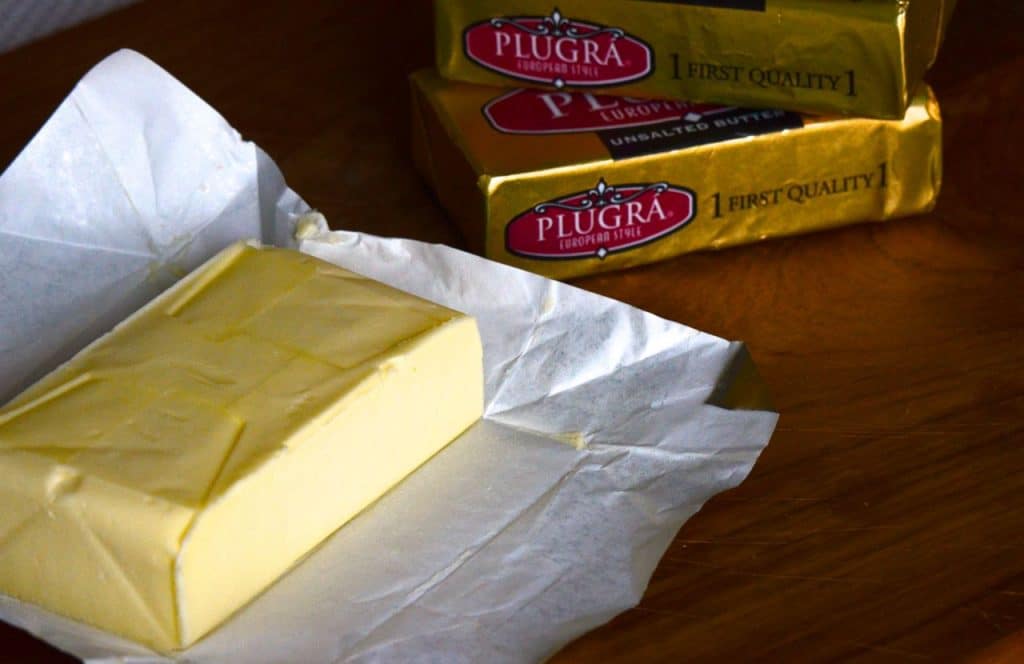
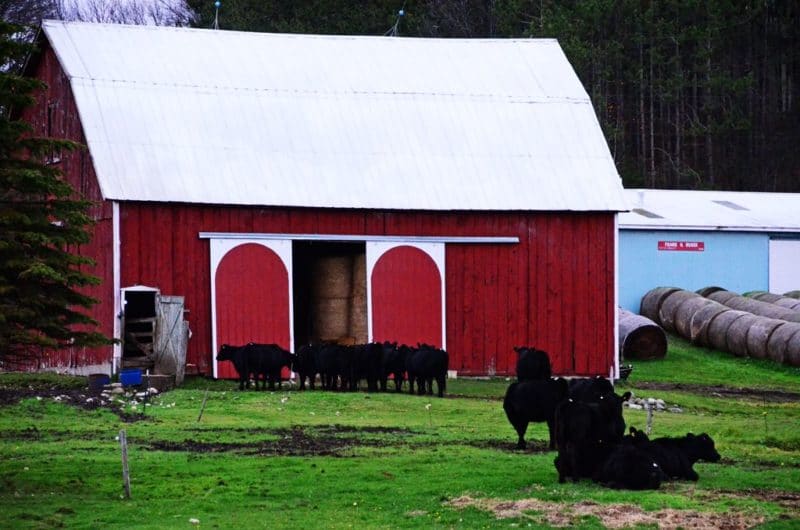
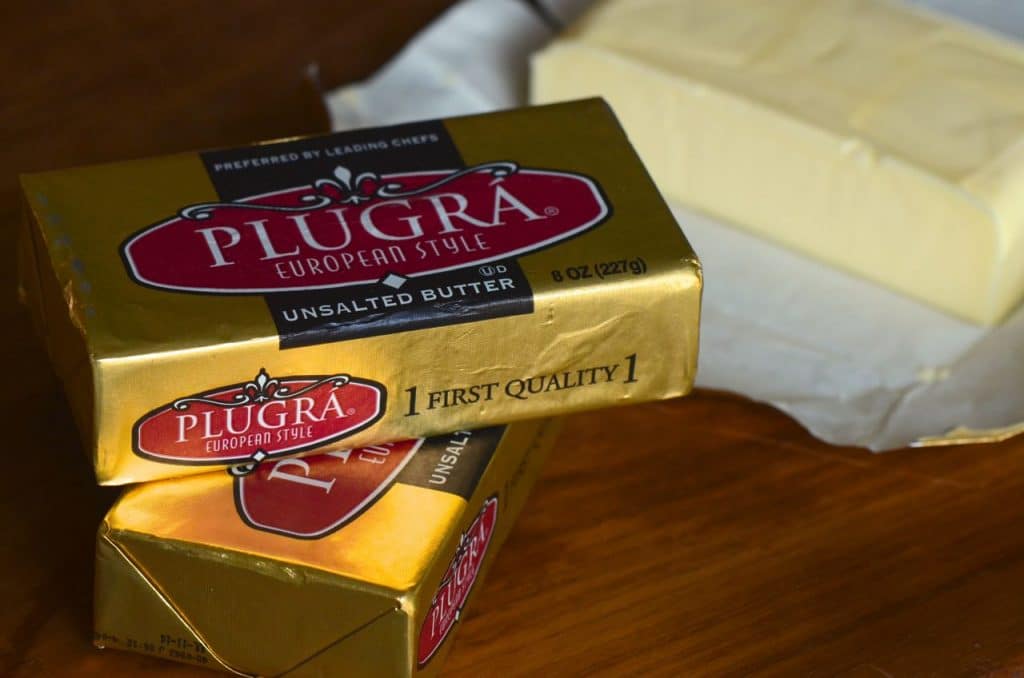
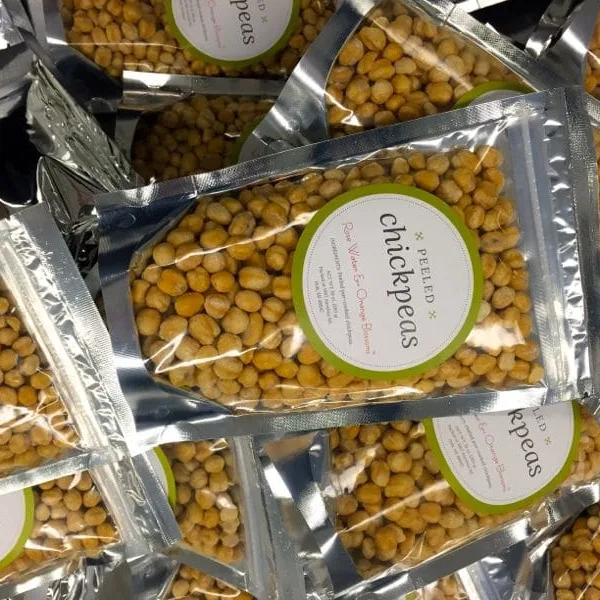

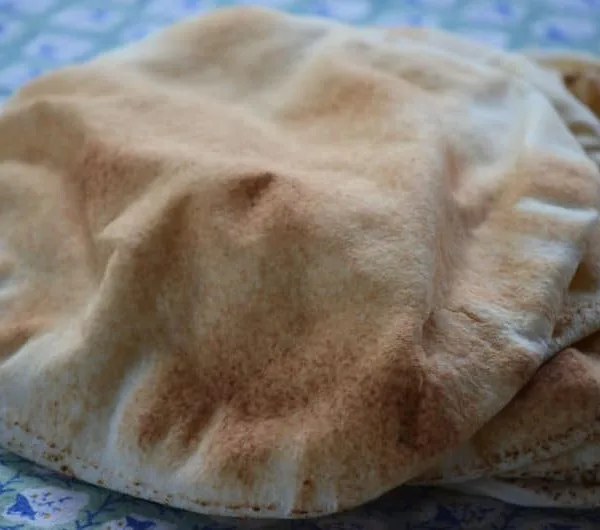
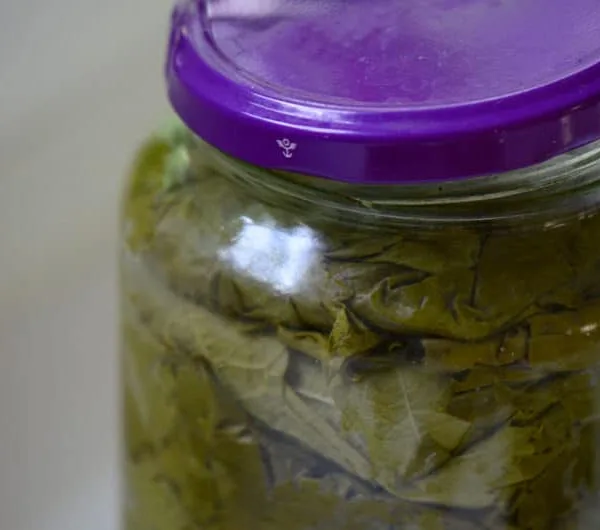







Maureen, you do have some rather interesting topics. I love good butter, do not over-indulge but must have European style butter at the table. Fortunately, a recent report from the journal of Annals of Internal Medicine made me feel a wee bit better about my occasional indulgence. (I’m a nurse so am well aware of all the lifestyle factors that contribute to poor health).
I grew up eating Anchor butter while living in a British colony, then went to England for school where the butter and cheese were great. I then had Bordier butter from France. Please see the following link, https://www.davidlebovitz.com/2007/09/butter/. I now use Land O Lakes for cooking but for scones use Plugra, just as you would. I am going to Paris then on to Britain and Ireland in 10 days and am looking forward to eating some really good butter and cheese. Will have to get my labs done when I return!
I love hearing about your butter-love, especially your European favorites and David’s link. Thank you! Enjoy your wonderful trip!
While I love Plugra, lately I’ve been using Organic Valley butter. It’s wonderful if you can find it!
When I travel abroad I always buy the local butters to bring home. Keeps very well wrapped in zip locks if you check a bag 🙂
Great to use organic when you can find it, agreed Amanda, thank you! I love that you bring local butters home from your travels, great idea.
I first heard of European Butter when taking a scones making class at Breadworks – and Greg carries the butter there too that you can purchase! I think he said the higher fat content was important for the fluffiness of the scones if I recall correctly? (the scones we made were scrumptious – my scone creation was with parmesan cheese, toasted walnuts and black pepper)
Ohhhhh your scones sound wonderful Jenny. I love that Greg has the butter available, so perfect with his breads!
Thank you so much for the link to the butter critiques. Cook’s Illustrated confirmed my belief that Land O’Lakes is the best in the sweet cream category and I was glad to see that Vermont Creamery placed among the top of the cultured group.
Thank you Peggy!